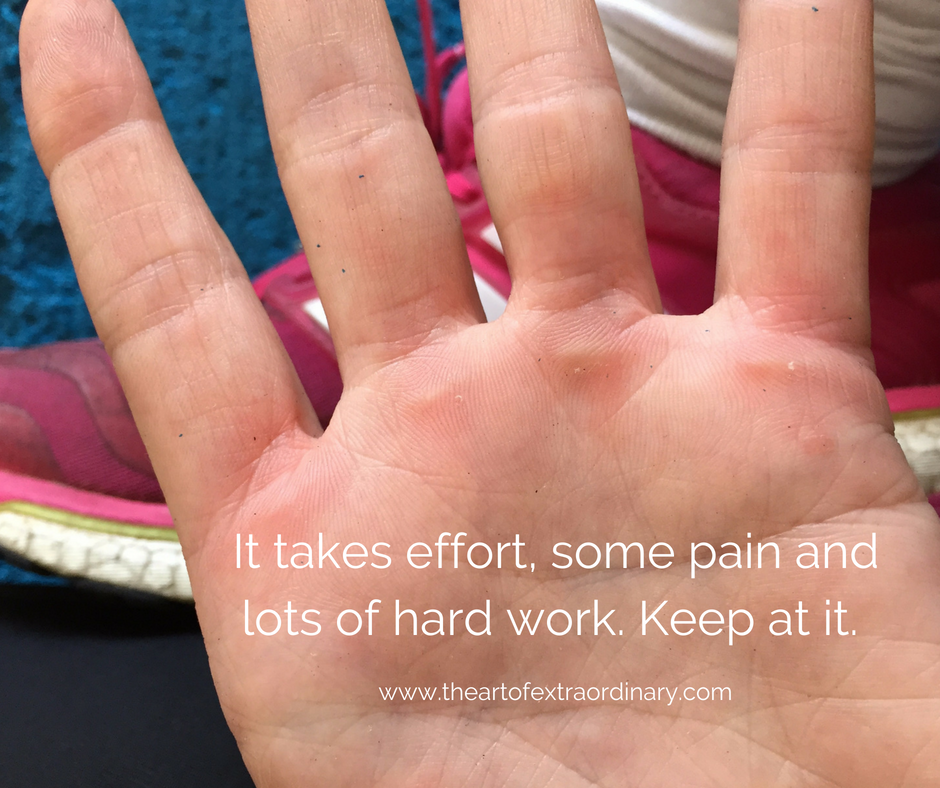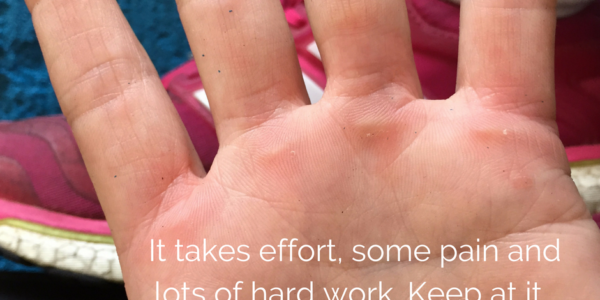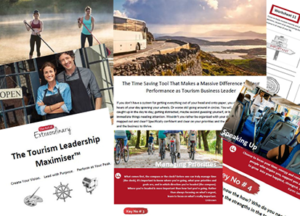
‘No Pain No Gain’… It’s an old adage, that has been around forever, used often by PT’s as they flog you hard or those of us sports fanatics who feel like unless there is some kind of ‘pain’ involved we haven’t done a workout.
For me, business does equate to pain.
There is no such thing as overnight success or magic pills to be swallowed.
It takes effort, hard yakka and work. However, there is a way to reduce the pain and increase the gain.
Business pain isn’t necessarily about the weights being pumped causing physical blisters.
Fortunately, I am not someone toiling hour after hour in a factory or lifting heavy goods week after week like others.
And whilst I’ve done my fair share of 80 hour weeks over the years. It’s not even the physicality or time thing that is the REAL pain.
For me and many clients, business pain is actually the mental and emotional pain of growth, learning, understanding ‘failure’ making those mistakes, stuffing things up, trialling and trialling again, learning some more and overcoming the challenges time and time again.
Whether it’s the lack of hours in the day, resources to get all the work done, keeping up with the ever-changing technology, wearing many hats, dropping balls or the constant pursuit of growing that client base, improving profitability, tweaking and fixing all the areas of business, it all causes and brings some level of pain for each and every one of us.
Pain is a highly unpleasant physical sensation caused by illness or injury or mental suffering or distress.
What triggers business pain?
For some, it’s triggered by:
What can they see or can’t?
The trillions of emails piling up, the empty desks or overflowing in-tray, the lack of customers walking in the door, the no comments or likes, the $ building up or the low $ in the bank account, the list of 1000x still sitting on the to-do-list at the end of the day, the revolving door of team members asking questions… everyone wanting a piece of you. And you only go so far.
For some, it’s triggered by:
What can they hear or can’t?
The barrage of questions, noise, one-way lacking solutions and only bringing problems, maybe the silence because the phones are quiet, or there are not enough clients coming in, meeting successful or sessions going around in circles with no outcomes, complaints, problems, stuff up’s or do you hear cheering, because the wins are happening?
And for some, it’s triggered by:
What can they touch/feel or can’t? (literally/physically touch not feel inside the body)
Completed files being put away, the keyboard pumping as emails are being answered, blogs or reports written, the phone against the ear buzzing, good conversations or perhaps not? Products being handed over, sold across the counter or online then packaged up.
Ever wondered why some things cause you pain in business and other things don’t?
Why some things stress you out more, or less, enormously or not at all?
Here’s a quick overview to understand what happens:
1) Pain or pleasure is firstly triggered by what we see, hear and feel (touch).
This sets off a series of events – all happening in an absolute flash:
2) Our brain will delete, distort and generalise some of the information. (DDG)
3) Then the info goes through our filter system
Our innate personality, values, attitudes, beliefs, memories, decisions, some time/matter/space and energy – all influencing the next stage
4) The internal response in our mind whether it’s a picture/thought or sound.
5) Next comes the emotional response
This is when the pain or pleasure feeling kicks in…. because depending on our triggers, we might see an email and it’s a joyous emotional response. We might see a different email and it creates complete anger. Remember the DDG and filters. They’ve been very busy in a very VERY short space of time! The emotional response may be any emotion – anger, joy, sadness, love, curiosity etc.
6) Then we’ll have a physiological response
It may be huge (a shudder) or it may be super tiny (a blink of an eye, reddening of the cheeks)
7) Finally, a behaviour is created/induced/completed
This can be an unconscious or conscious behaviour, meaning we do it with awareness or even without awareness. You know that feeling when you wonder how someone can do something (a certain behaviour) without realising the impact of what they’re saying or doing, how they’re behaving… it’s often – very unconscious, they really don’t realise!
In a workplace, amongst team members, unless you have a highly trained, self and others-aware group of individuals…. the majority of the team will be functioning (or mal/miss-functioning) more often than not.
How self-aware are you and your team?
This is what can create the conflict, the poor levels of communication, inefficiencies, low performance.
In all seriousness… if you could raise your own and your team’s level of self-awareness around their own individual behaviours… just by a tiny smidge – would it make a difference?
For them?
For the team?
For the business?
For the clients/customers?
Given we generally have less than 10% awareness of what our own actual body & mind is doing most of the time, 90% is unconscious and going on without us realising…. just imagine for a moment, you could get a tiny smidge more awareness going on.
Would it help with that productivity and performance?
Could it help with that conflict and communication?
Is it going to help with growing and building the business
Is it going to help ease the pain and improve the pleasure for everyone?
So it’s really worthwhile taking a little look at what your:
– Triggers are or aren’t
– Whether your Filters are helping or hindering
– Emotional and Physiological Responses are encouraging or discouraging
– End result behaviours are, both conscious and unconscious
We are not our behaviours.
We are a reflection of the triggers that are going on around us, our response to them, the filters we’re using (or wasting) and subsequent emotional or physiological responses our body creates.
If you’d like to create some different outcomes for you and your team, it might be time to take a look at the ‘inner’ workings of the team.
Reduce the pain, increase the GAIN.
Genevieve “No Pain No Gain” Matthews



